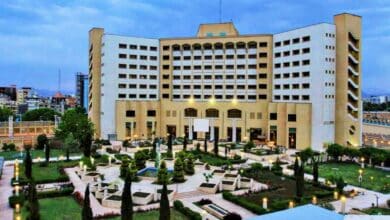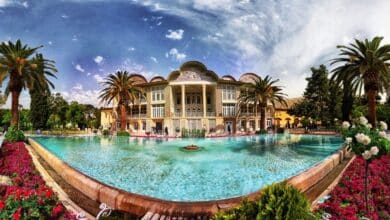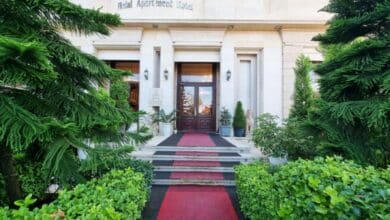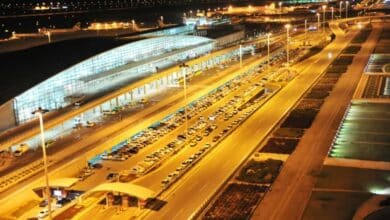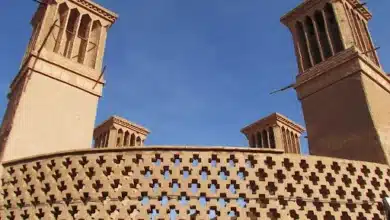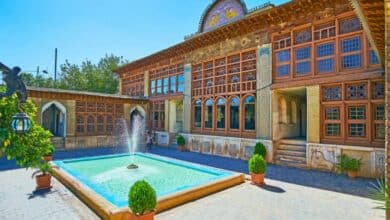Iran Deserts: From Silence to Starlight
Top Deserts in Iran for Unforgettable Adventures
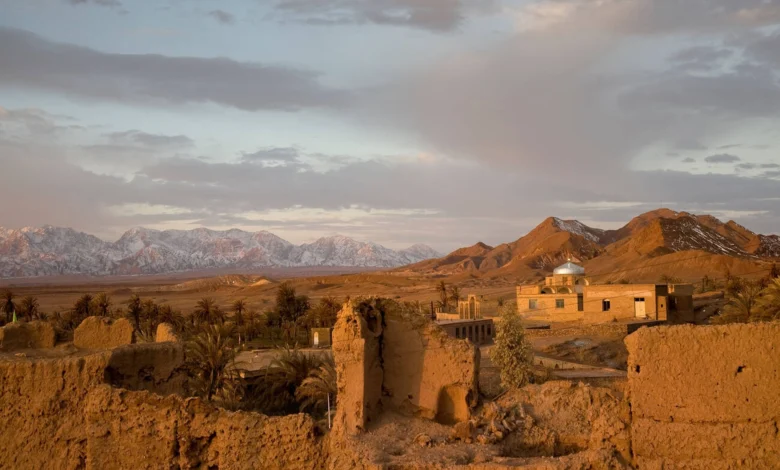
Picture a night under a sky so vast and star-filled it feels like the universe is whispering to you. Iran Deserts, with their endless dunes, golden sands, and profound silence, offer exactly that—a chance to escape the chaos of city life and embrace the raw beauty of nature. These kavir landscapes, stretching across Iran’s heartland, are not just barren expanses but vibrant ecosystems and cultural treasures.
From safari adventures to stargazing in the stillness, desert travel in Iran promises experiences that linger long after you leave. Whether you’re hiking the cloot of Shahdad or camping in the Rig-e Jen, this guide dives into the best deserts in Iran, detailing their wonders, wildlife, and how to make your kavir adventure unforgettable.
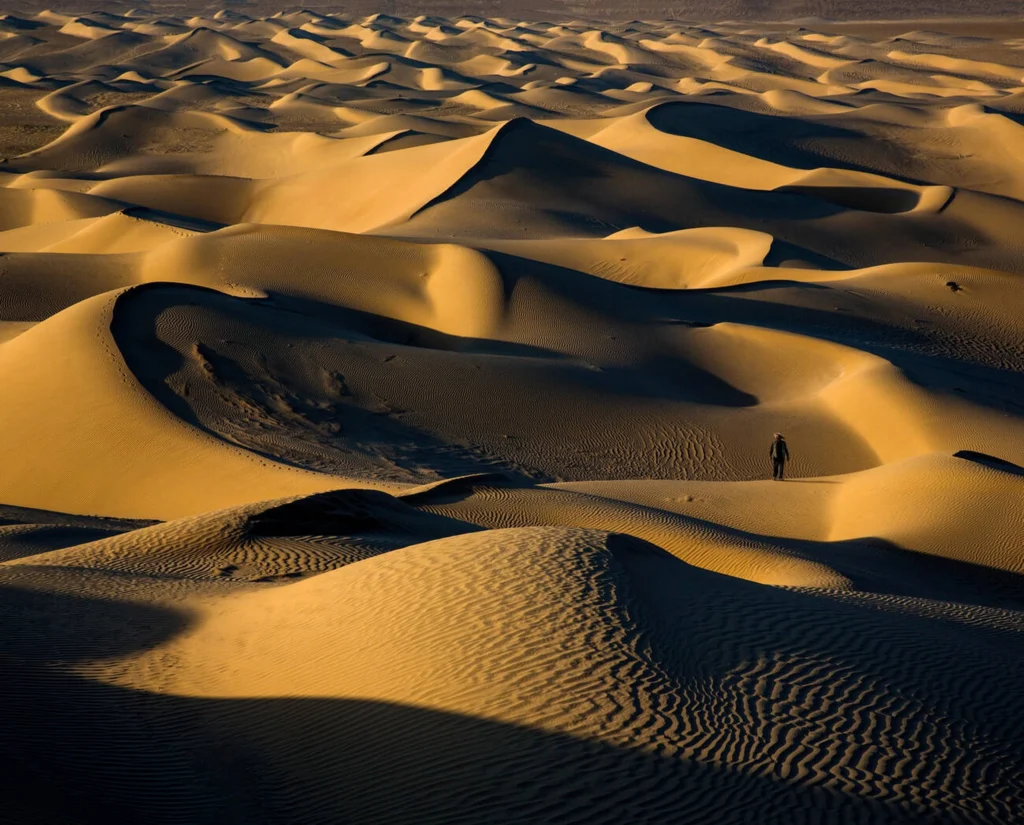
Contents
Why Iran Deserts Are Unmissable
Iran’s deserts are more than sand and sun—they’re a canvas of geological marvels, ancient trade routes, and biodiverse havens. Spanning regions like Yazd, Kerman, and Esfahan, these kavirs offer a blend of solitude, adventure, and cultural depth.
The silence of the dunes, the glow of starlit skies, and the warmth of desert hospitality create a unique allure. Whether you’re drawn to the mystique of Lut Desert or the accessibility of Maranjab, each kavir tells a story of resilience and beauty, making them must-visit Iran attractions.
Natural Wonders
Tpehaye sheni (sand dunes), cloot (yardangs), and salt lakes sculpted by millennia of wind and sun offer surreal landscapes that feel otherworldly.
Cultural Roots
Caravanserais, qanats, and village life near these deserts reveal Persian history, tying modern travelers to ancient traders and nomads.
Top Deserts in Iran
Iran’s deserts are as diverse as they are vast. Here’s a deep dive into the best, each with its own character and charm.
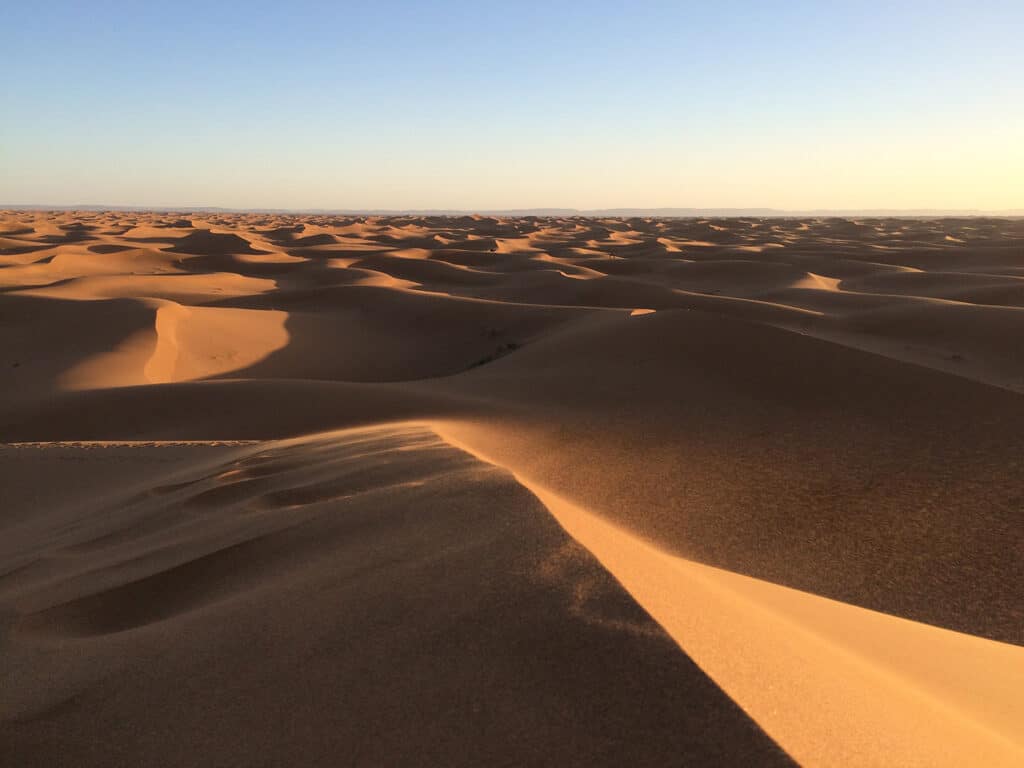
Mesr Desert
Tucked in Esfahan Province, Mesr Desert is a golden jewel 55 km from Khur, along the Damghan-Nain route. Named after a village founded over a century ago by a man named Yusef, who drew inspiration from the Prophet Joseph’s story, Mesr blends history with natural splendor. Its sand dunes, kissed by cool night breezes, and starry skies create a dreamlike escape. The village’s mudbrick homes with domed roofs and small stables evoke a simple, heartfelt way of life.
Activities include dune walking, camel riding, and camping. Eco-lodges and guided tours ensure a safe, immersive experience, with 4WD vehicles recommended for navigating the sands. Autumn and winter are ideal, offering mild days and crisp nights. Address: Mesr Village, 55 km from Khur, Esfahan.
Nearby Attractions
- Farahzad Village: Rustic charm with orchards.
- Arusan Village: Traditional mudbrick homes.
- Mohammadabad Kureh Gaz Village: Historic vibes.
- Biadeh Old Castle: Ancient ruins.
- Khur Salt Lake: A shimmering expanse.
- Takht-e Arus & Takht-e Abbasi: Scenic dunes.
- Chal-e Selkenun: Dramatic salt flats.
- Selkenun Salt Lake: Stark beauty.
- Mesr Sand Dunes: Iconic rimal (sand ridges).
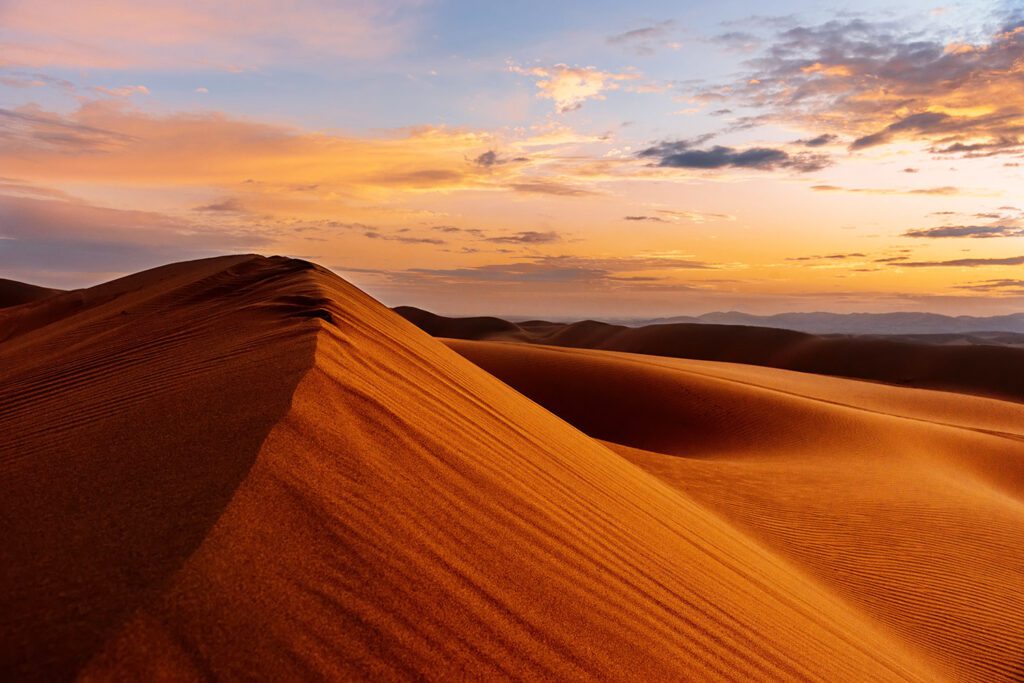
Maranjab Desert
North of Aran va Bidgol in Esfahan, Maranjab Desert is a beloved kavir for its accessibility (270 km from Tehran) and stunning vistas. Named after its Safavid-era caravanserai, a historic rest stop, it’s framed by the Messileh Salt Lake to the north and Band-e Rig to the south. Sand dunes, tamarisk forests, and salt flats define its landscape.
Trekking, safari, camel riding, and quad biking thrill adventurers, while the caravanserai offers cozy stays. Stargazing is a highlight, with clear skies revealing the cosmos. Autumn and winter are best, though nights require warm layers. Wildlife includes sand foxes, agamas, and eagles, with gez and tach plants dotting the terrain. Address: Maranjab Caravanserai, Aran va Bidgol, Esfahan.
Nearby Attractions
- Sand Dunes: Towering and photogenic.
- Wandering Island: A shifting dune marvel.
- Messileh Salt Lake: A crystalline expanse.
- Maranjab Caravanserai: Historic lodging.
- Freshwater Wells: Rare oases.
- Kelang Mountain: Hiking with views.
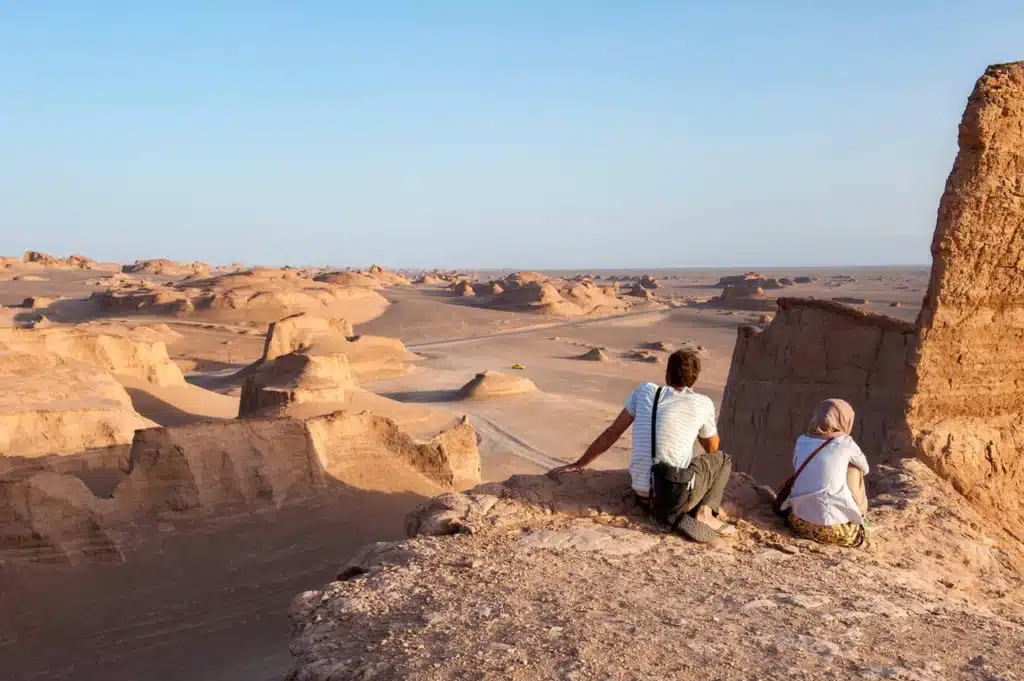
Lut Desert
Straddling Kerman, South Khorasan, and Sistan va Baluchestan, Lut Desert is a UNESCO World Heritage Site and one of Earth’s hottest spots, hitting 70.7°C per NASA records. Spanning over 50,000 square kilometers, it’s a vast kavir of cloot, sand dunes, and rocky plains, bordered by the Nayband Fault and Nehbandan Fault.
Shahdad, in Kerman, is the main gateway, with cloot formations resembling alien landscapes. Camping, safari, and stargazing draw visitors, with eco-camps offering tents and guides. Spring and autumn are ideal, as summer heat is brutal. A 100-km drive from Kerman to Shahdad, then 45 km to the cloot, is the route, with permits needed for some areas. Address: Shahdad, Kerman.
Nearby Attractions
- Shahdad Water Reservoir: Historic qanat.
- Shafiabad Castle: Ancient fortress.
- Shahdad Cloot: Sculpted rock towers.
- Sar Desert: Stone-paved expanse.
- Shur River: Salty lifeline.
- Nebka (Natural Pots): Sand-trapped shrubs.
- Gandom Beryan: Earth’s hottest spot.
- Ratil Gorge: Narrow canyon.
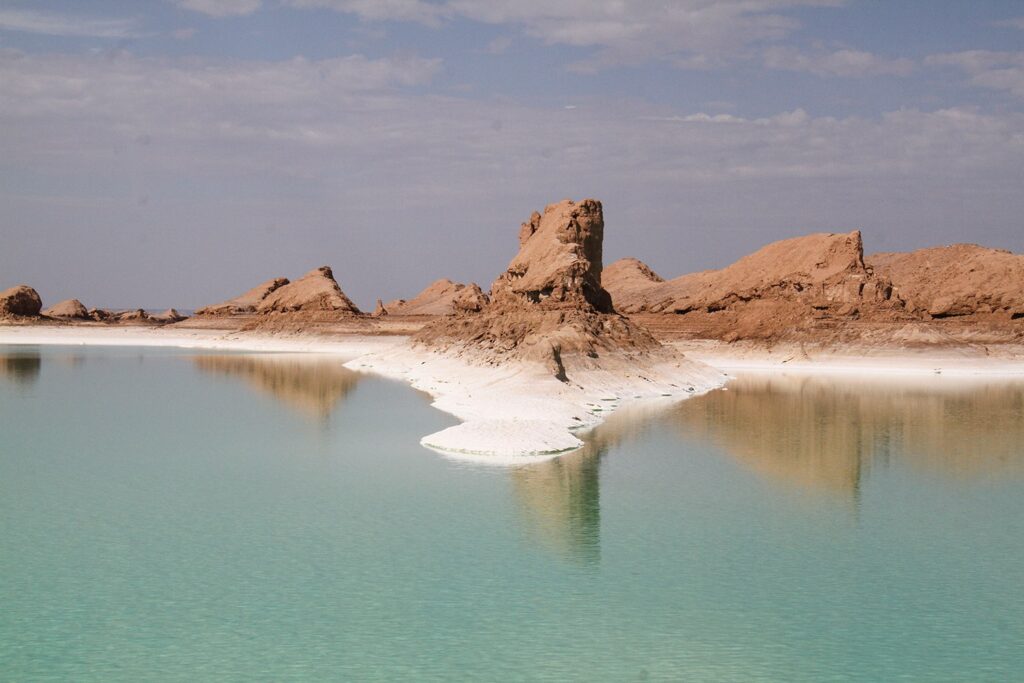
Shahdad Desert
Part of Lut Desert, Shahdad Desert in Kerman (40 km from Shahdad, 100 km from Kerman) is famed for its cloot—wind-carved rock formations—and searing heat, often exceeding 70°C. Its golden dunes, salt rivers, and alien-like terrain make it a kavir for bold explorers.
Camel riding, safari, and stargazing are highlights, with camps offering tents and local food. December to May is best, avoiding summer’s inferno. Wildlife like sand cats and plants like tach thrive here. Address: Shahdad, Kerman.
Nearby Attractions
- Shahdad Cloot: Towering rock sculptures.
- Gandom Beryan: Scorching hotbed.
- Lut Desert: Vast kavir expanse.
- Zeid Shrine: Spiritual site.
- Ratil Gorge: Dramatic canyon.
- Kal Shur River: Salty stream.
- Hamada: Rocky plain.
- Sirch River & Cypress: Rare greenery.
- Shafiabad Caravanserai: Historic rest stop.
- Ramuk Castle: Ancient ruins.
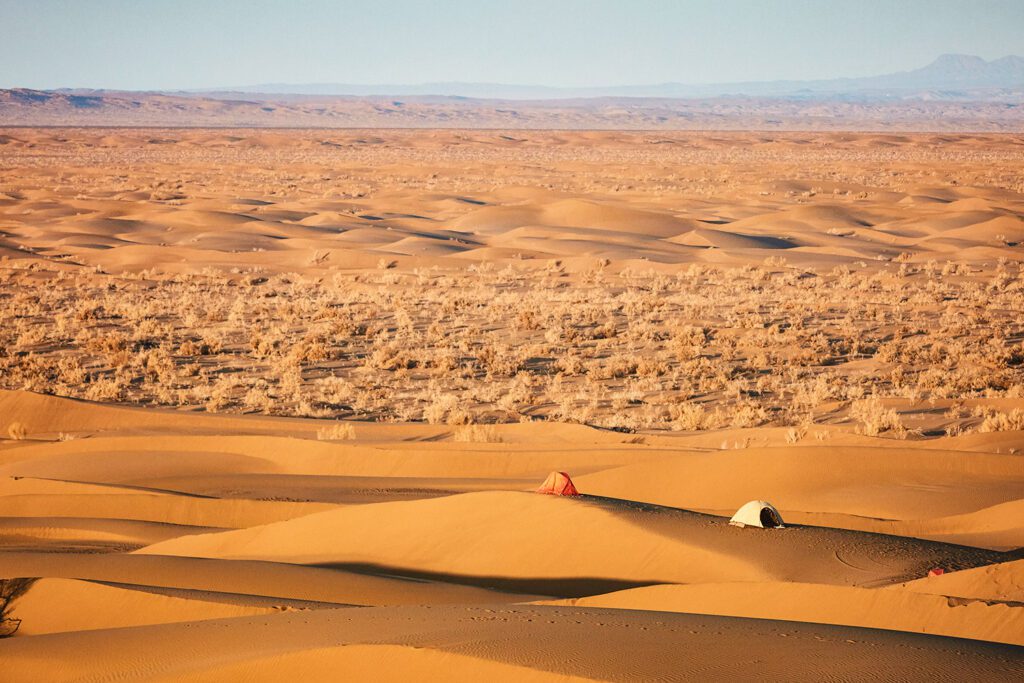
Rig-e Jen Desert
Straddling Semnan and Esfahan, Rig-e Jen Desert is a 3,800-square-km enigma, once deemed impassable and dubbed Iran’s “Bermuda Triangle.” Its barchan dunes, salt marshes, and shifting sands create a thrilling challenge for kavirnaurds. First crossed in 1997 by Ali Parsa and Miranzadeh, it’s now a draw for eco-tourists.
Hiking, safari, and camping test your mettle, but permits and guides are essential due to navigation risks. A 70-km paved road from Jandaq (170 km from Tehran) eases access. Autumn and spring are safest, with no vegetation and sparse wildlife like snakes. Address: Near Jandaq, Semnan.
Nearby Attractions
- Anarak Castle: Historic fortress.
- Vartun Village Hot Spring: Relaxing soak.
- Eshin Village: Rural charm.
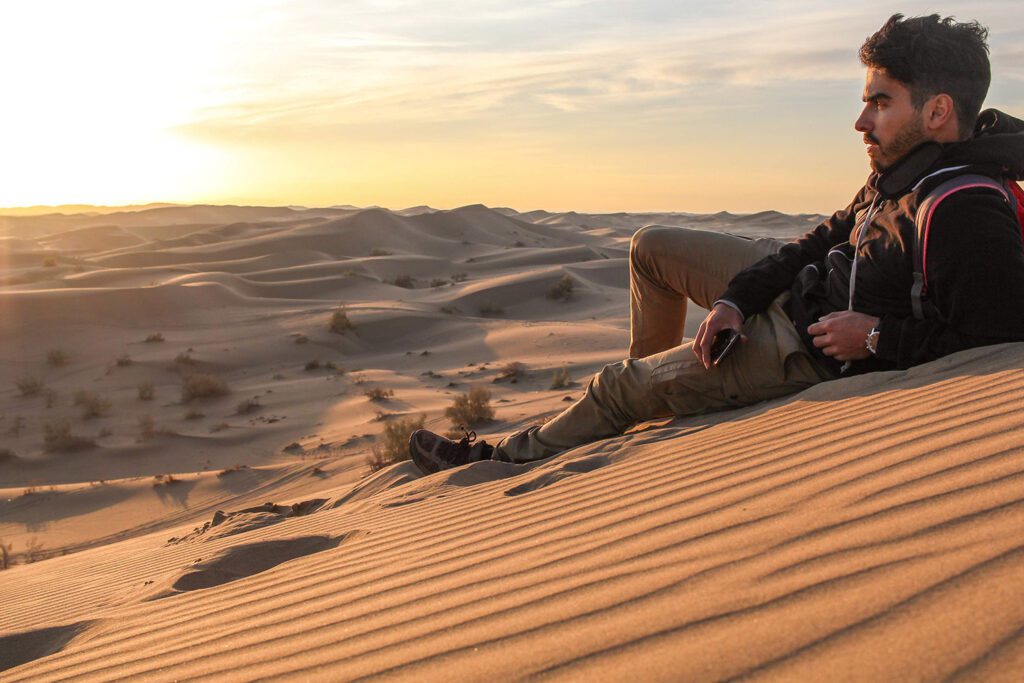
Varzaneh Desert
In Esfahan, 117 km east of the city and 10 km from Varzaneh, Varzaneh Desert (aka Khara Desert) is a kavir playground. Its sand dunes, part of Iran’s largest recreational kavir site, host safari, camel riding, zip-lining, paragliding, and camping. Eco-lodges, suites, and camps offer stays, with pomegranate orchards nearby.
Autumn and winter are ideal, with stargazing under unpolluted skies a highlight. A short drive from Esfahan via Nain-Khur Road makes it accessible. Address: 10 km from Varzaneh, Esfahan.
Nearby Attractions
- Gambil Gorge: Scenic canyon.
- Soha Lake: Tranquil waters.
- Hyrcanian Forests: Lush contrast.
- Visadar Waterfall: Cascading beauty.
- Masal Village: Mountain hamlet.
- Neor Lake: Alpine serenity.
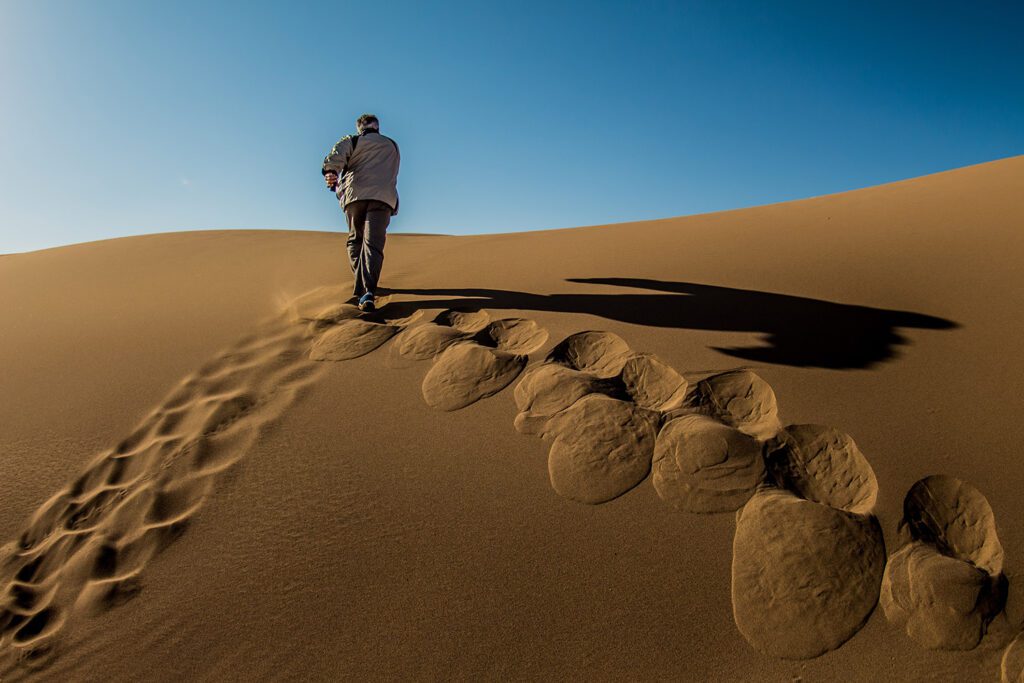
Karakal Desert
Near Bafgh in Yazd, 141 km from the city, Karakal Desert (aka Sadeghabad) is named for the rare caracal cat, a nocturnal predator with tufted ears. Its golden dunes and open plains dazzle, especially at sunset. Safari, camel riding, and camping are popular, with eco-camps and Bafgh lodges nearby.
Spring and autumn are best, accessed via the Yazd-Bafgh Road and Central Iron Ore Road. Address: Sadeghabad, Bafgh, Yazd.
Nearby Attractions
- Bagherabad Castle: Historic ruins.
- Palm & Pomegranate Orchards: Lush groves.
- Sand Dunes: Rolling rimal.
- Vahshi Bafghi House: Poet’s home.
- Kakamir Water Reservoir & Bath: Ancient structures.
- Martyr Barzegari Complex: Modern amenities.
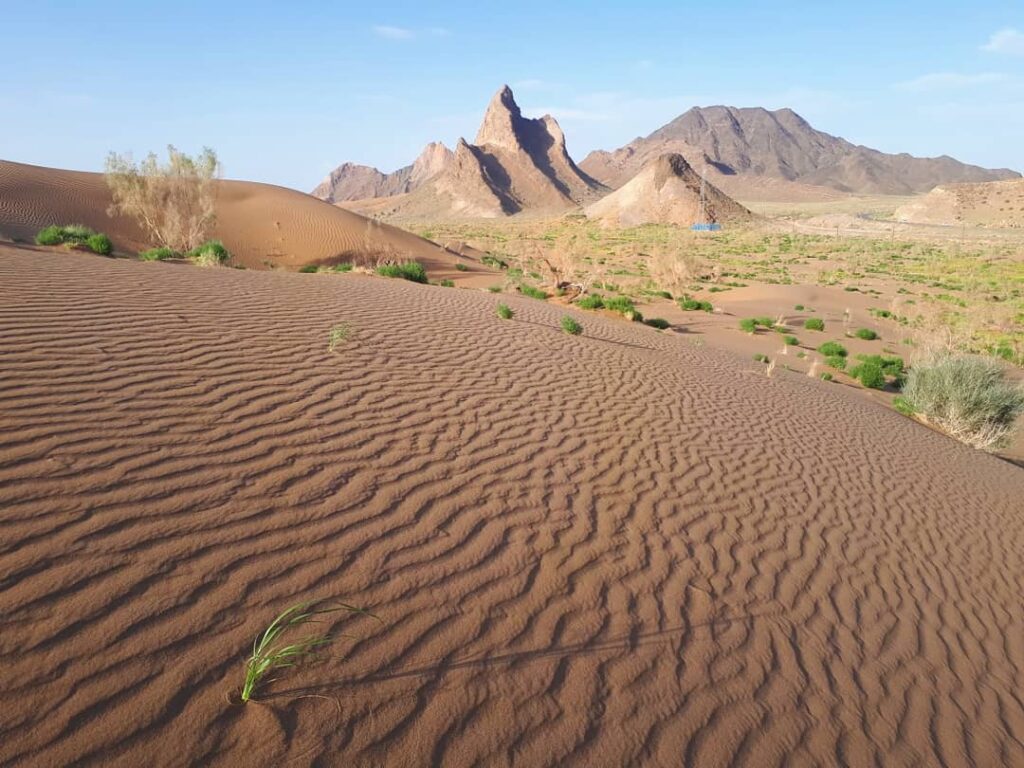
Halvan Desert
In South Khorasan, 90 km northwest of Tabas, Halvan Desert is a triangular kavir stretching 40 km at its widest. Its sand dunes, up to 80 meters high, and valleys carved by wind and mountains create a striking landscape. Part of the Central Iran Desert, it’s near the Khur Salt Lake.
Camel riding, safari, stargazing, and hiking draw adventurers, with snakes, eagles, and tach plants adding to the ecosystem. Autumn and winter are ideal, accessed via the Khur-Tabas Road. Address: 90 km from Tabas, South Khorasan.
Nearby Attractions
- Halvan Village: Traditional life.
- Palm Groves: Desert oases.
- Halvan Castle: Ancient stronghold.
- Halvan Cave: Subterranean wonder.
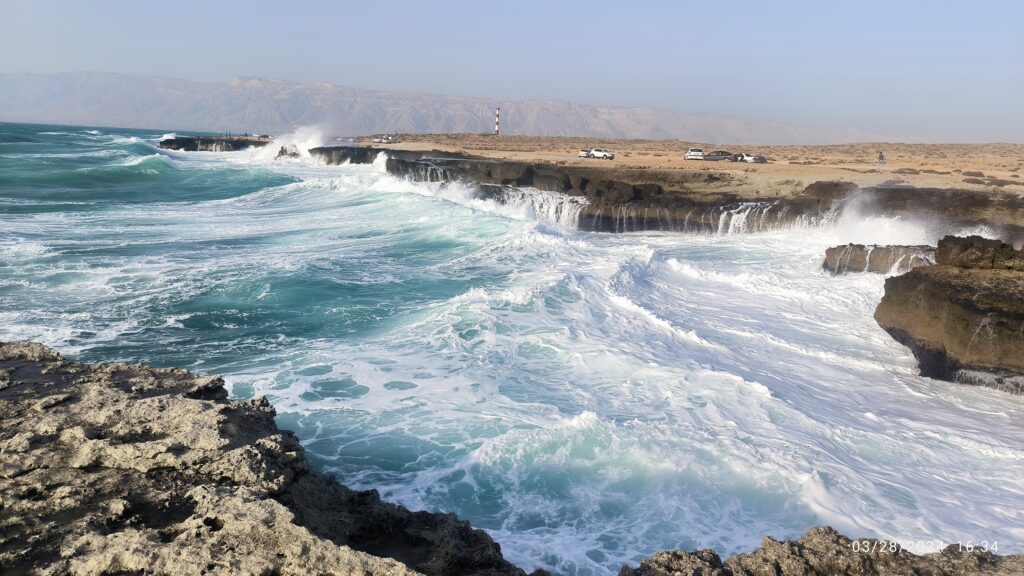
Zardgah and Nayband Deserts
In South Khorasan, Zardgah and Nayband Deserts near Tabas offer a blend of kavir and mountain beauty. Zardgah, with its stepped villages, and Nayband, with date palms and citrus groves, are framed by the 3,000-meter Nayband Mountain, dubbed Birjand’s Roof.
Hiking, safari, and camping thrive here, with autumn and spring ideal. Access is via Tabas-Khur or Jafarabad roads. Address: Near Zardgah and Nayband Villages, South Khorasan.
Nearby Attractions
- Nayband Palm & Citrus Groves: Vibrant orchards.
- Nayband Shrine: Spiritual site.
- Nayband Watchtowers: Historic sentinels.
- Dig-e Rostam & Zardgah Springs: Hot and cold waters.
- Nayband Sulfur Spring: Natural spa.
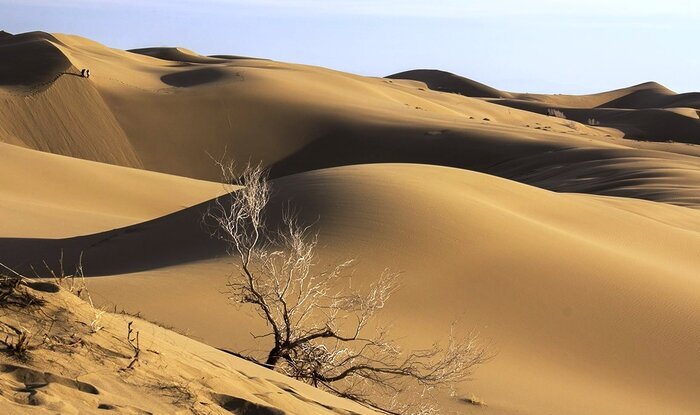
Kharturan Desert
In Semnan, east of Shahrud, Kharturan Desert—Iran’s “Africa”—spans 1.47 million hectares, the world’s second-largest biosphere reserve after Serengeti. A national park and wildlife refuge, it hosts 300+ species, including Asian cheetahs, gourkhor (wild asses), and golden eagles.
Wildlife tours, camel riding, and safari are draws, with tach and goon plants supporting life. Winter is best, reached via Tehran-Mashhad Road to Biarjomand and Qaleh Bala Village. Address: Near Biarjomand, Semnan.
Nearby Attractions
- Rezaabad Village: Nomadic heritage.
- Qaleh Bala Village: Rural charm.
- Delbar Village: Quiet hamlet.
- Ahmadabad Village: Traditional life.
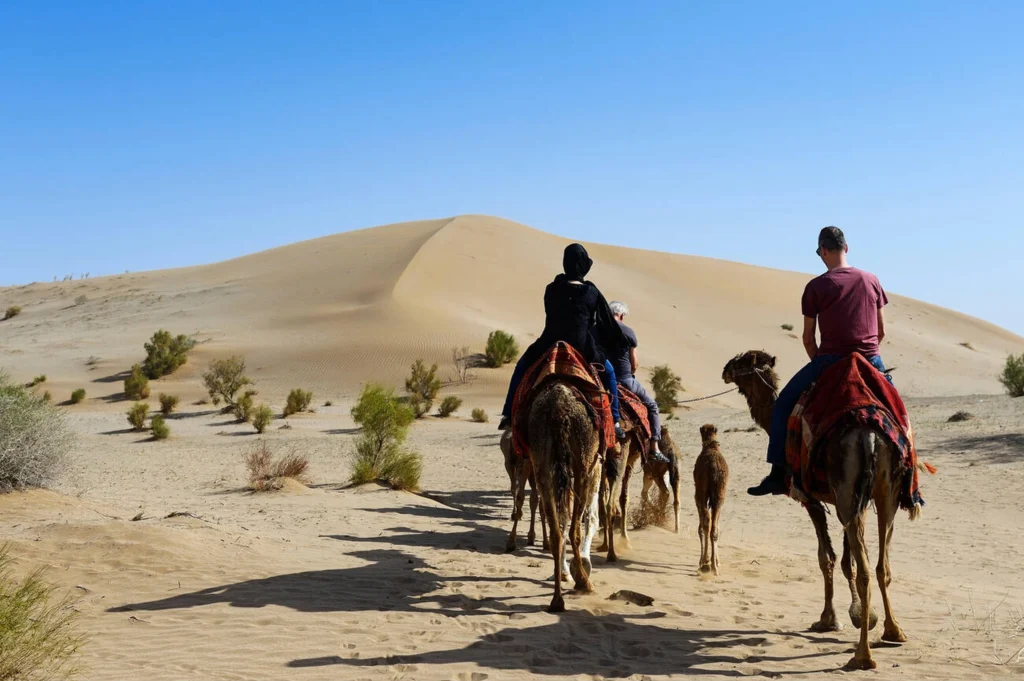
Matinabad Desert
60 km from Kashan and 15 km from Badroud in Esfahan, Matinabad Desert is a serene kavir near Matinabad Village, the last outpost before the Central Desert. Its sand dunes and clear skies are perfect for stargazing, with the Matinabad Eco-Camp, Iran’s first sustainable camp (opened 2012), offering tents, suites, and organic meals.
Camel riding, cycling, and ostrich farm visits entertain, with autumn and winter ideal. Access is via Kashan-Badroud Road. Address: Matinabad Village, Esfahan.
Nearby Attractions
- Yekhab Mountains: Rugged trails.
- Band-e Rig Kavir: Sandy expanse.
- Messileh Salt Lake: Shimmering flats.
- Aqa Ali Abbas Shrine: Sacred site.
- Karshahi & Sardar Castles: Historic forts.
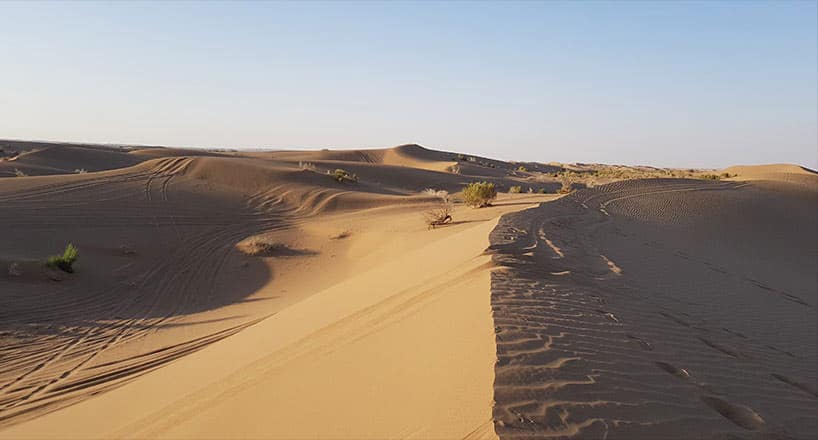
Khur and Biabanak Desert
In Esfahan, Khur and Biabanak Desert, centered in Khur (post-2009 split from Nain), is a 20,000-person haven of kavir beauty. Its sand dunes, salt lakes, and starry nights enchant, with camel riding, safari, and fireside storytelling as highlights.
Autumn and winter are best, reached via Esfahan-Nain-Khur Road. Eco-lodges and local eateries enhance the experience. Address: Khur, Esfahan.
Nearby Attractions
- Khur Salt Lake: Crystalline wonder.
- Namaki Waterfall: Salty cascade.
- Abyaneh Village: Red-hued hamlet.
- Mesr Village: Kavir gateway.
- Namaki Village: Salt-crafted homes.
- Desert Farms: Sparse greenery.
Dork Desert
In Sistan va Baluchestan, Dork Desert near Chabahar (170 km away) is a rare kavir meeting the Indian Ocean and Sea of Oman. Its sandy, coral, and rocky shores create a surreal coastal kavir, with white sands and turquoise waters enchanting visitors.
Cycling, off-roading, photography, and sand therapy are draws, with alachiqs, benches, and restrooms for comfort. Autumn and winter are ideal, accessed via the Konarak-Jask Road. Address: Dork Beach, Chabahar.
Nearby Attractions
- Martian Mountains: Alien-like ridges.
- Dork Palm Groves: Coastal oases.
- Dork Protected Area: Wildlife haven.
- Zarrabad Village: Rural life.
- Tis Village: Historic coastal hamlet.
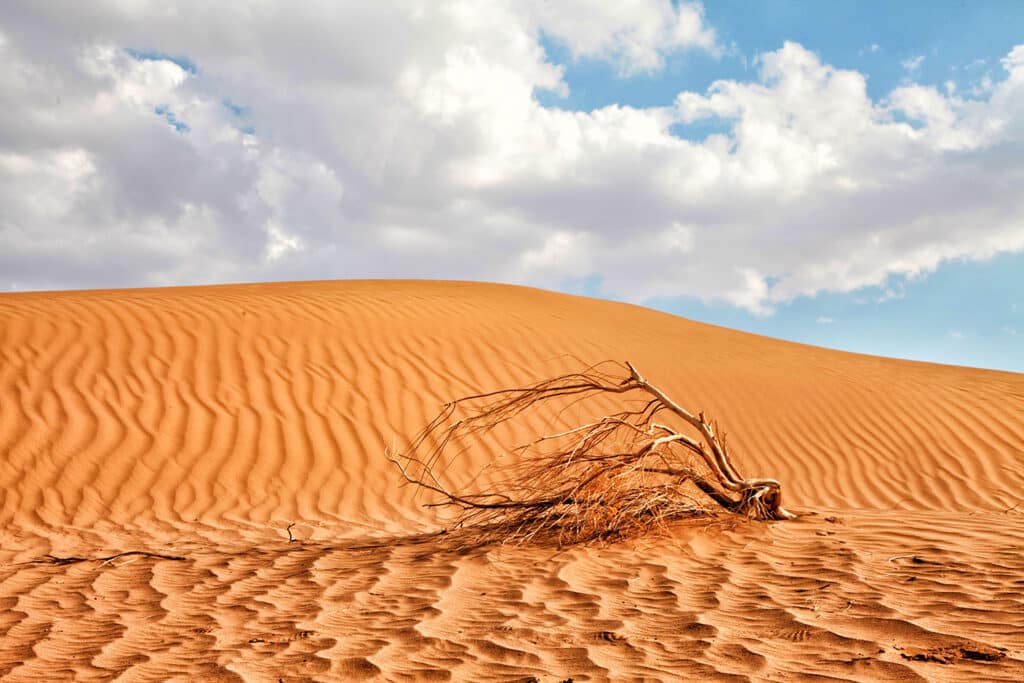
Best Time for Desert Travel in Iran
Desert travel thrives in spring (mid-March to late May) and autumn (mid-September to late November), when temperatures are mild (15-25°C). Summer (June-August) brings scorching days (up to 50°C) and warm nights, risking heatstroke.
Winter (December-February) offers cool days (10-20°C) but freezing nights, with higher sandstorm and snake risks. Spring and autumn avoid these extremes, though sudden rains or winds may occur—check weather forecasts. Non-holiday periods ensure quieter camps and lower costs.
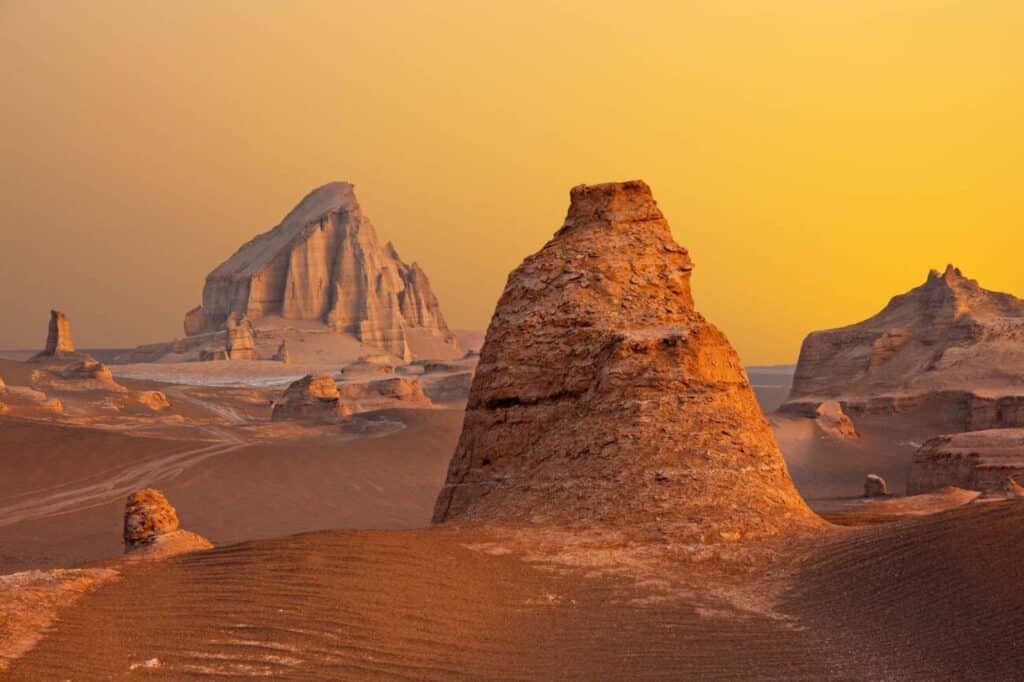
Tips for Desert Travel in Iran
- Travel in Groups: Never go alone; share plans with family or friends.
- Navigate Smartly: Carry maps, compasses, or GPS; avoid deep kavir.
- Check Weather: Monitor for sandstorms or rain.
- Dress Wisely: Wear light, loose clothing by day, warm layers at night.
- Pack Essentials: Bring ample water, energy snacks, first-aid kit, sunscreen, sunglasses, hat, flashlight, and mirror.
- Wear Proper Shoes: Use light, sturdy boots; avoid sandals.
- Respect Wildlife: Check sleeping areas for snakes or scorpions.
- Protect Nature: Leave no trash to preserve the kavir.
Iran’s deserts—from Mesr’s dunes to Lut’s cloot—offer a journey into silence and starlight. Whether you’re camping in Shahdad or safari-riding in Varzaneh, these kavirs weave adventure, history, and peace into every moment. Gear up, plan smart, and let Iran’s deserts etch their magic into your soul.
